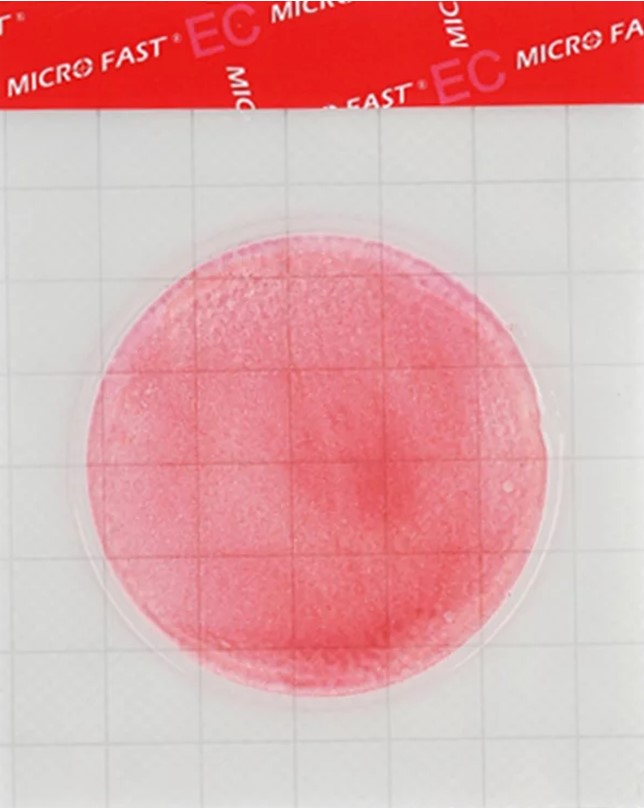African swine fever in Italy: consequences and control measures

ASF outbreaks began in August and continued into September. The first area affected was Zinasco, where 2,237 animals with ASF symptoms were recorded on 27 August. A few days later, on August 30, the number of affected pigs on this farm increased to 7,428. Other farms such as Sommo, Dorno and Pieve del Cairo also encountered this infection, causing losses of 1,850, 1,191 and 6,868 pigs respectively.
African swine fever is a dangerous viral disease that affects pigs and can lead to significant economic losses in agriculture. it is not dangerous to humans, but its ability to spread quickly among pigs makes it a serious threat to the industry.
Following the discovery of ASF outbreaks, Italian authorities took a number of measures to prevent further spread of the disease. One of these measures is the evacuation and destruction of affected animals. This prevents further contamination and protects healthy pigs from infection.
In addition, strict quarantine measures have been introduced to help prevent transmission of the virus to other farms and regions. All pigs at risk are subject to mandatory vaccination to strengthen immunity and prevent infection.
However, despite the measures taken, ASF control remains a challenge. The virus can travel through contaminated MEAT products, contact with wild pigs and insect vectors. It is therefore important to ensure strict control over the movement of animals and products, as well as regular testing for the presence of the virus.
In conclusion, the outbreak of African swine fever in large farms in Italy has become a major challenge for the pig industry. The authorities are taking active measures to combat the disease, but control and prevention systems must be constantly improved to minimize risks and protect pigs from this dangerous infection.
Read together with it:
- A fire at the Merci Agro Sakhalin pig farm killed 1,500 pigs, but pork production will not be affected.Deputy Minister of Agriculture and Trade of the region Inna Pavlenko noted that other pig farms will help compensate for the loss. Merci Agro Sakhalin plans to restore its capacity and livestock, which will help avoid a pork shortage on the local market. The restoration will be funded by insurance payments, and veterinarians have already analyzed the condition of the remaining animals and determin...
- Колумбия: При экспорте скота сертификация и прослеживаемость больше не являются необязательнымиВысококачественное животноводство, особенно при экспорте, требует сертификации и прослеживаемости. Это необходимые условия для выхода и конкуренции на многих международных рынках, а также на некоторых всё более требовательных внутренних рынках. Колумбийское животноводство не является исключением из этих правил, и, хотя предстоит ещё многое сделать, всё большее число ферм и компаний внедряют эти ме...
- Reuters узнал, что ЛУКОЙЛ после санкций обратился с просьбой к СШАСША ввели санкции против компании и отвели месяц на сворачивание операций — срок истекает 21 ноября. ЛУКОЙЛ добивается продления, поскольку ему нужно больше времени для изучения предложений по поводу активов, сообщает REUTERS ЛУКОЙЛ попросил Минфин США о продлении крайнего срока для завершения операций после введения санкций, сообщает Reuters со ссылкой на три источника. Вашингтон ввел санкции про...
- Wild boar meat: a sustainable solution for pest controlThis problem isn't unique to our region or country. As veterinarian and specialist Ignacio Zeledon explained, "Where there's water, there are pigs." And the truth is, its spread is noticeable worldwide and represents one of the world's most complex environmental and economic challenges. The wild boar (Sus scrofa) is an invasive alien species, listed among the 1......
- Аргентина добивается прогресса в вопросе возможности продажи живого скота в ТурциюОднако этот первоначальный оптимизм сопровождался призывом к действию. Чтобы превратить эту возможность в устойчивый торговый поток, необходимо было преодолеть два ключевых препятствия: санитарную обстановку в отношении ящура и отсутствие индивидуальной прослеживаемости. С публикацией резолюции 841/2......
- Китай рассматривает возможность введения пошлин на аргентинскую говядинуВ преддверии открытия новой Китайской международной импортной выставки (CIIE), одного из важнейших торговых мероприятий в мире, возникла проблема, затрагивающая всю цепочку поставок скота и мяса из Аргентины: китайское правительство ввело «защитную» процедуру в отношении импорта говядины. Эта мера, вступившая в силу в декабре 2......


























































